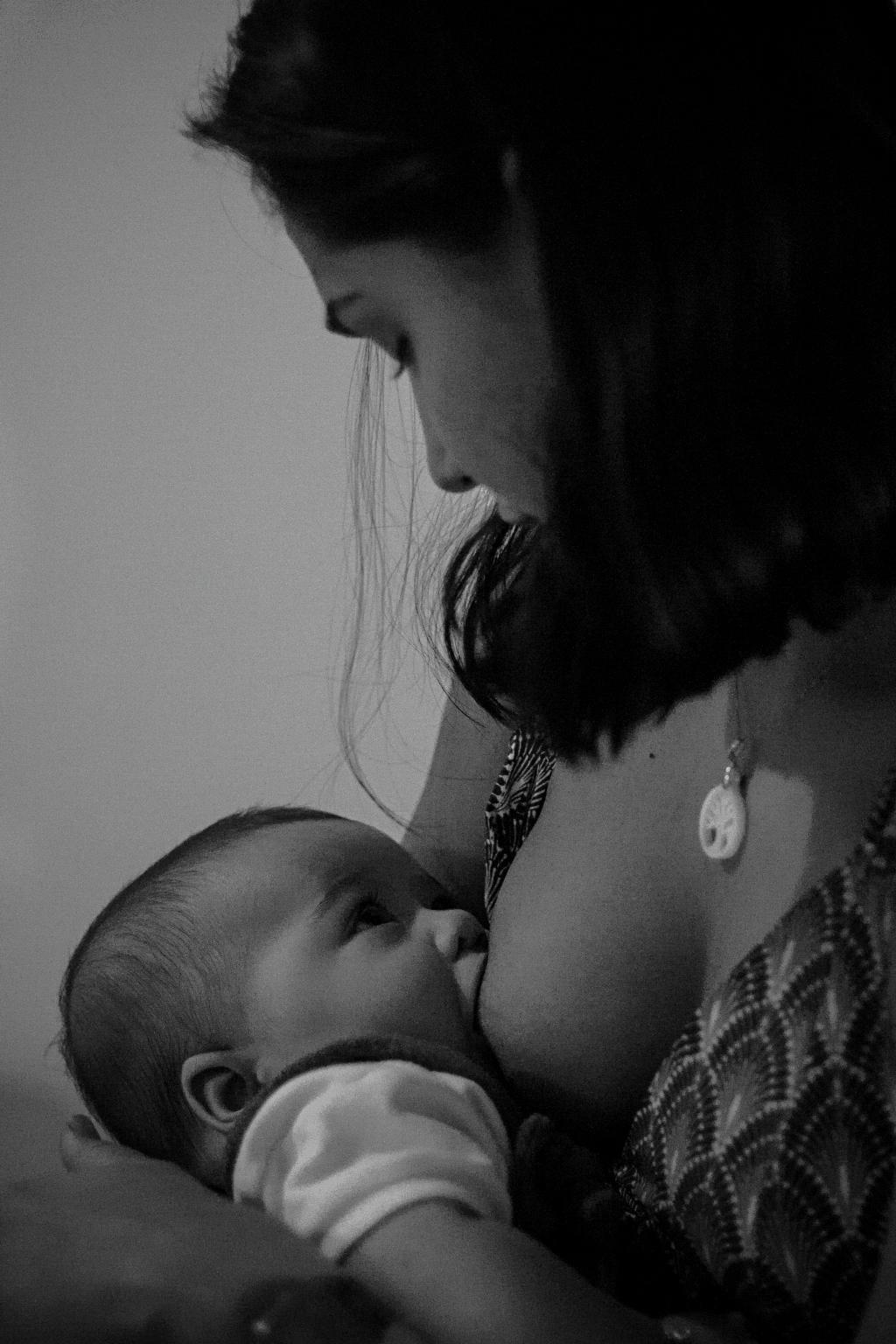When it comes to breastfeeding, many mothers may experience sudden sensitivity in their nipples, leaving them wondering about the possible reasons behind this discomfort. One common cause of nipple pain during breastfeeding is incorrect attachment of the baby to the breast. This can lead to soreness, tenderness, and sensitivity in the nipples, making feeding sessions challenging for both the mother and the baby.
Addressing Inverted Nipples and Other Conditions
It’s important to note that breastfeeding is still possible even if you have inverted nipples or other conditions such as mastitis, breast/nipple thrush, eczema, or nipple vasospasm. These issues can contribute to nipple sensitivity, but with proper care and support, many mothers are able to successfully breastfeed their babies while managing these challenges.
Preventing Nipple Dryness
To help prevent nipple dryness, it’s essential to avoid using harsh soaps and shampoos during showering. These products can strip the skin of its natural oils, leading to dryness and increased sensitivity in the nipple area. Opt for gentle, fragrance-free cleansers to maintain the overall health of your skin while breastfeeding.
Ensuring Proper Latch and Positioning
One of the key factors in reducing nipple sensitivity while breastfeeding is ensuring that your baby has a proper latch. A poor latch can put excessive pressure on the nipples, causing discomfort and pain. Experiment with different breastfeeding positions to find one that is comfortable for both you and your baby, helping to alleviate sensitivity and promote a better feeding experience.
Seeking Support and Guidance
If you are experiencing sudden nipple sensitivity while breastfeeding, don’t hesitate to seek support and guidance from a lactation consultant or healthcare provider. These professionals can offer personalized advice, tips, and techniques to help address the underlying issues contributing to nipple discomfort, enabling you to continue breastfeeding with confidence and comfort.
Utilizing Moisturizing Creams
Moisturizing creams specifically designed for breastfeeding mothers can also help alleviate nipple sensitivity and dryness. Look for products that are lanolin-free and safe for both you and your baby. Applying a soothing cream after feeding sessions can provide relief and promote healing of any cracked or chafed skin, supporting a more comfortable breastfeeding experience.
Creating a Relaxing Feeding Environment
Creating a calm and relaxing feeding environment can also play a role in reducing nipple sensitivity while breastfeeding. Find a quiet, comfortable space to nurse your baby, free from distractions and stressors. Taking deep breaths and practicing relaxation techniques can help you and your baby feel more at ease during feeding times, minimizing discomfort and promoting bonding.
Staying Hydrated and Nourished
Proper hydration and nutrition are essential for maintaining skin health and overall well-being while breastfeeding. Drink plenty of water throughout the day to stay hydrated and eat a balanced diet rich in vitamins and minerals. Nourishing your body from the inside out can help support healthy skin, including the delicate skin of the nipples, reducing sensitivity and promoting comfort during breastfeeding.
Using Warm Compresses
Warm compresses can be a simple yet effective way to relieve nipple sensitivity and discomfort. Place a warm, damp washcloth on your nipples before or after feeding to help soothe soreness and promote circulation. The gentle warmth can provide immediate relief and relaxation, making breastfeeding sessions more comfortable for both you and your baby.
Exploring Alternative Feeding Methods
If nipple sensitivity persists despite trying various strategies, consider exploring alternative feeding methods such as pumping or using supplemental nursing systems. Pumping allows you to provide breast milk to your baby without direct nursing, giving your nipples a chance to heal and recover. Supplemental nursing systems can also support breastfeeding while reducing sensitivity and discomfort.
Practicing Self-Care and Patience
Remember to prioritize self-care and be patient with yourself as you navigate nipple sensitivity while breastfeeding. Taking breaks, engaging in relaxation activities, and seeking support from loved ones can help you manage stress and discomfort during this challenging time. Trust in your ability to provide nourishment and comfort to your baby, and know that with time and care, nipple sensitivity can improve.
Consulting a Healthcare Professional
If nipple sensitivity becomes severe or persistent, it’s important to consult a healthcare professional for further evaluation and guidance. They can assess your individual circumstances, provide tailored recommendations, and address any underlying issues that may be contributing to nipple discomfort. By prioritizing your health and well-being, you can continue to breastfeed confidently and comfortably.

